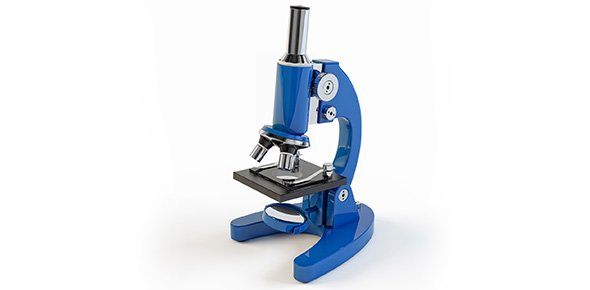Related Flashcards
Related Topics
Cards In This Set
| Front | Back |
|
Brain and spinal cord
|
CNS
|
|
All nervous tissue except the brain and spinal cord
|
PNS
|
|
Bundle of hundreds to thousands of axons of individual neurons plus associated connective tissue and blood vessels; each one follows a defined path and serves a specific area of the body
|
Nerve
|
|
Small masses of nervous tissue located outside the brain and spinal cord; they contain mainly neuron cell bodies.
|
Ganglia
|
|
Carries signals from various receptors to the CNS, Somatic (from skin, muscles, bones, joints), Visceral (viscera from abdomen and thorax)
|
Sensory (afferent) Division
|
|
Signals from CNS to glands and muscles, Somatic (to skeletal muscles), Visceral or Autonomic (to glands, cardiac muscle, smooth muscle), divided into Sympathetic and Parasympathetic
|
Motor (efferent) Division
|
|
(Tends to prepare for action)
|
Sympathetic
|
|
(Calming or slowing effect)
|
Parasympathetic
|
|
All cells are excitable but nerve cells have developed this to the highest level
|
Excitability
|
|
Produce and conduct electrical signals
|
Conductivity
|
|
Neurotransmitters carry signal across synapse.
|
Secretion
|
|
Specialized to detect stimuli, a variety of types, and transmit it to the CNS, begin in virtually every organ end in CNS
|
Sensory (afferent) Neurons
|
|
Contained entirely in the CNS, communicate between neurons, carry out integrative functions, account for 90% of neurons
|
Interneurons
|
|
Send signals to muscle and glands
|
Motor (efferent) Neurons
|
|
(soma, perikaryon); Contains the nucleus, cytoplasm and the typical cellular organelles, prominent RER
|
Cell Body
|




